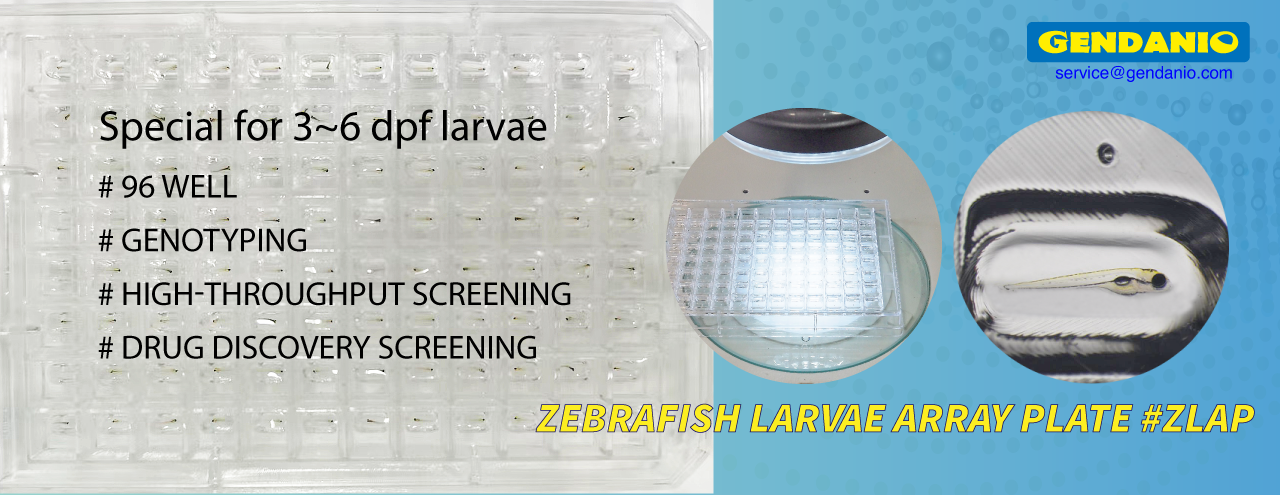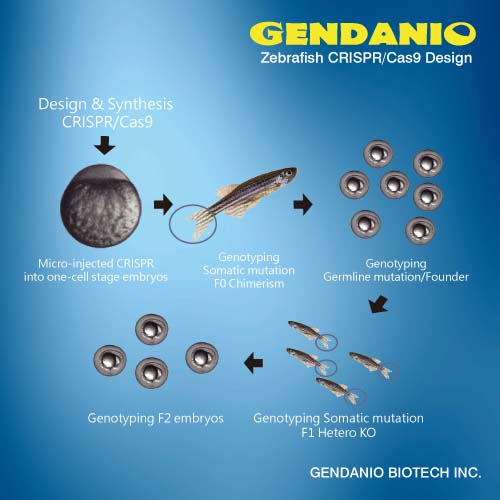Published on July 21, 2011 at 1:40 AM
Circadian rhythms - the natural cycle that dictates our biological processes over a 24-hour day - does more than tell us when to sleep or wake. Disruptions in the cycle are also associated with depression, problems with weight control, jet lag and more. Now Prof. Yoav Gothilf of Tel Aviv University's Department of Neurobiology at the George S. Wise Faculty of Life Sciences is looking to the common zebrafish to learn more about how the human circadian system functions.
Prof. Gothilf and his Ph.D. student Gad Vatine, in collaboration with Prof. Nicholas Foulkes of the Karlsruhe Institute for Technology in Germany and Dr. David Klein of the National Institute of Health in Maryland, has discovered that a mechanism that regulates the circadian system in zebrafish also has a hand in running its human counterpart.
The zebrafish discovery provides an excellent model for research that may help to develop new treatments for human ailments such as mental illness, metabolic diseases or sleep disorders. The research appears in the journals PLoS Biology and FEBS Letters.
A miniature model
Zebrafish may be small, but their circadian system is similar to those of human beings. And as test subjects, says Prof. Gothilf, zebrafish also have several distinct advantages: their embryos are transparent, allowing researchers to watch as they develop; their genetics can be easily manipulated; and their development is quick - eggs hatch in two days and the fish become sexually mature at three months old.
Previous research on zebrafish revealed that a gene called Period2, also present in humans, is associated with the fish's circadian system and is activated by light. "When we knocked down the gene in our zebrafish models," says Prof. Gothilf, "the circadian system was lost." This identified the importance of the gene to the system, but the researchers had yet to discover how light triggered gene activity.
The team subsequently identified a region called LRM (Light Responsive Model) within Period2 that explains the phenomenon. Within this region, there are short genetic sequences called Ebox, which mediate clock activity, and Dbox, which confer light-driven expression - the interplay between the two sequences is responsible for light activation. Based on this information, they identified the proteins which bind the Ebox and Dbox and trigger the light-induction of the Period2 gene, a process that is important for synchronization of the circadian system.
Source: NewsMedical
























